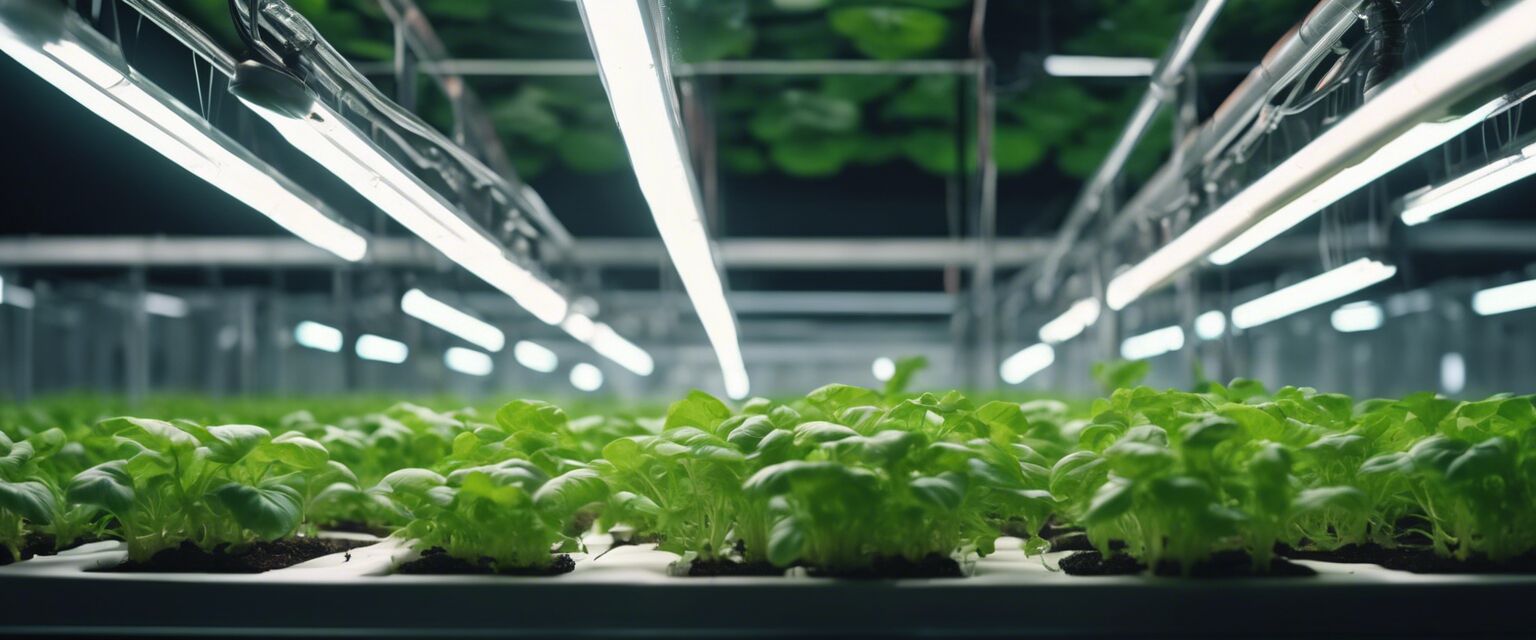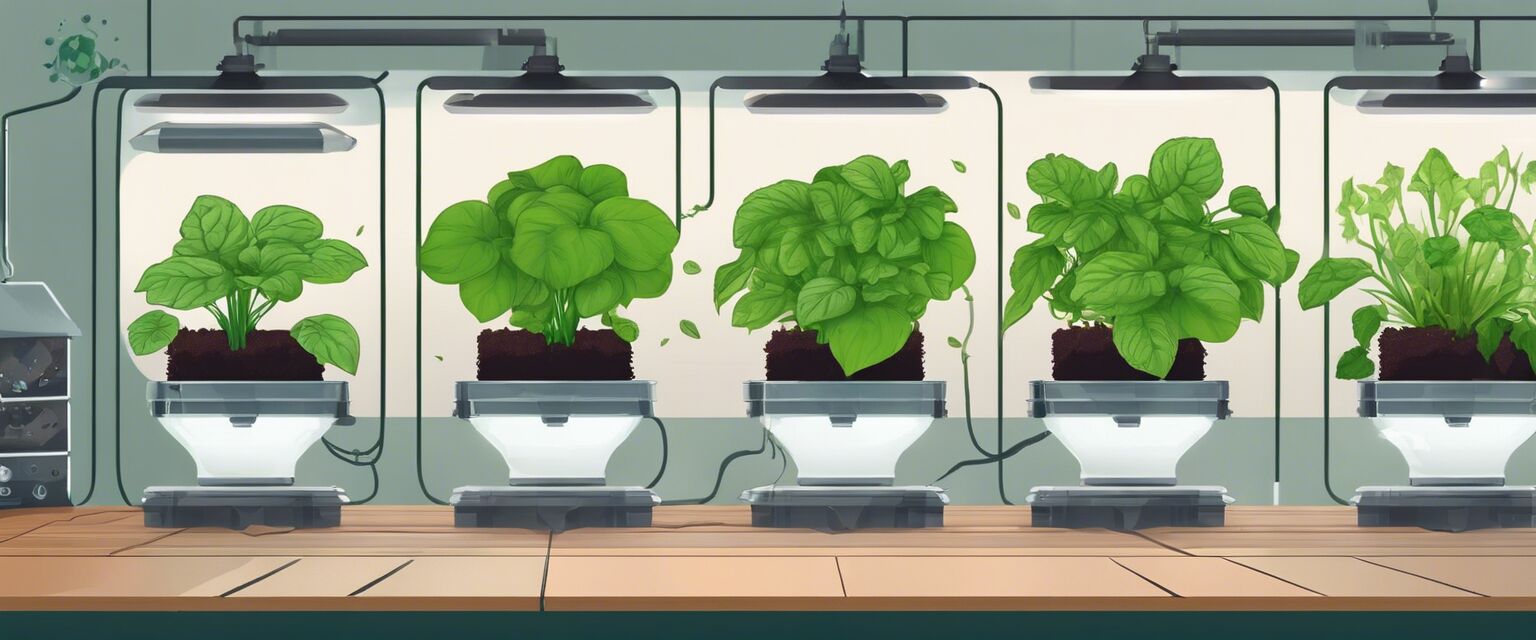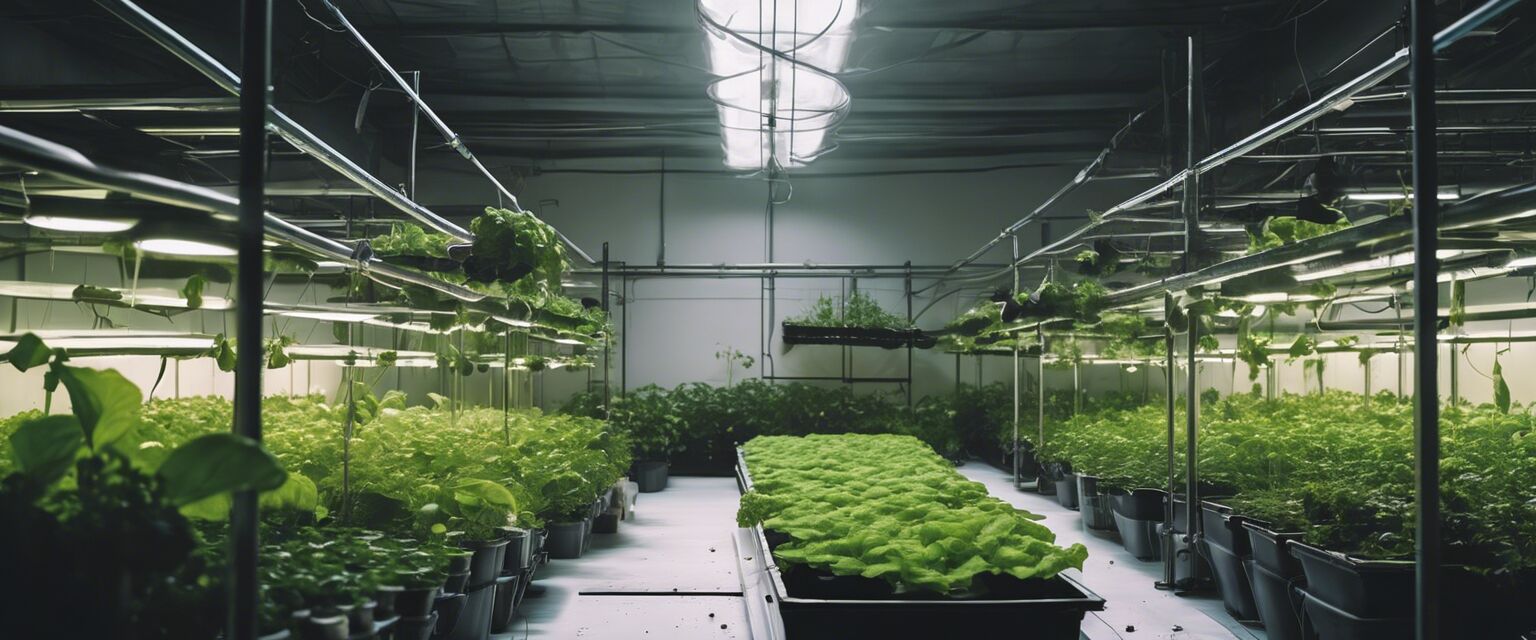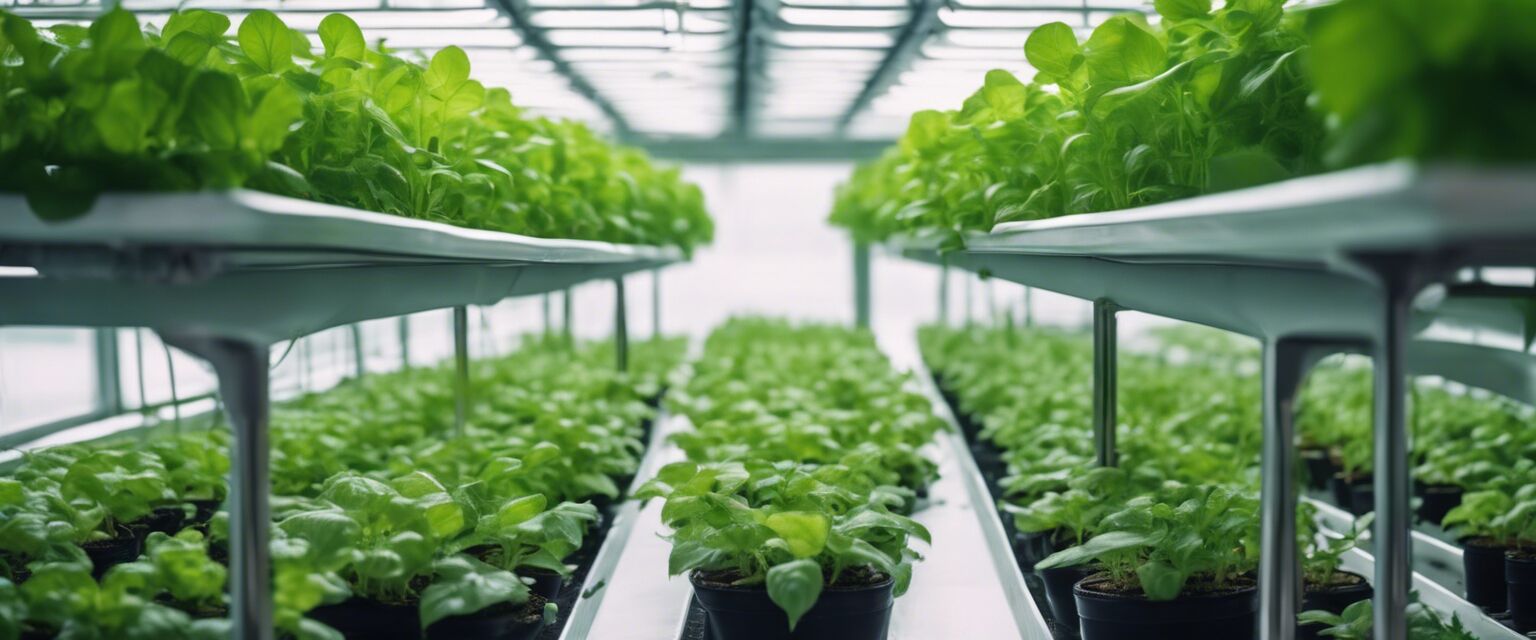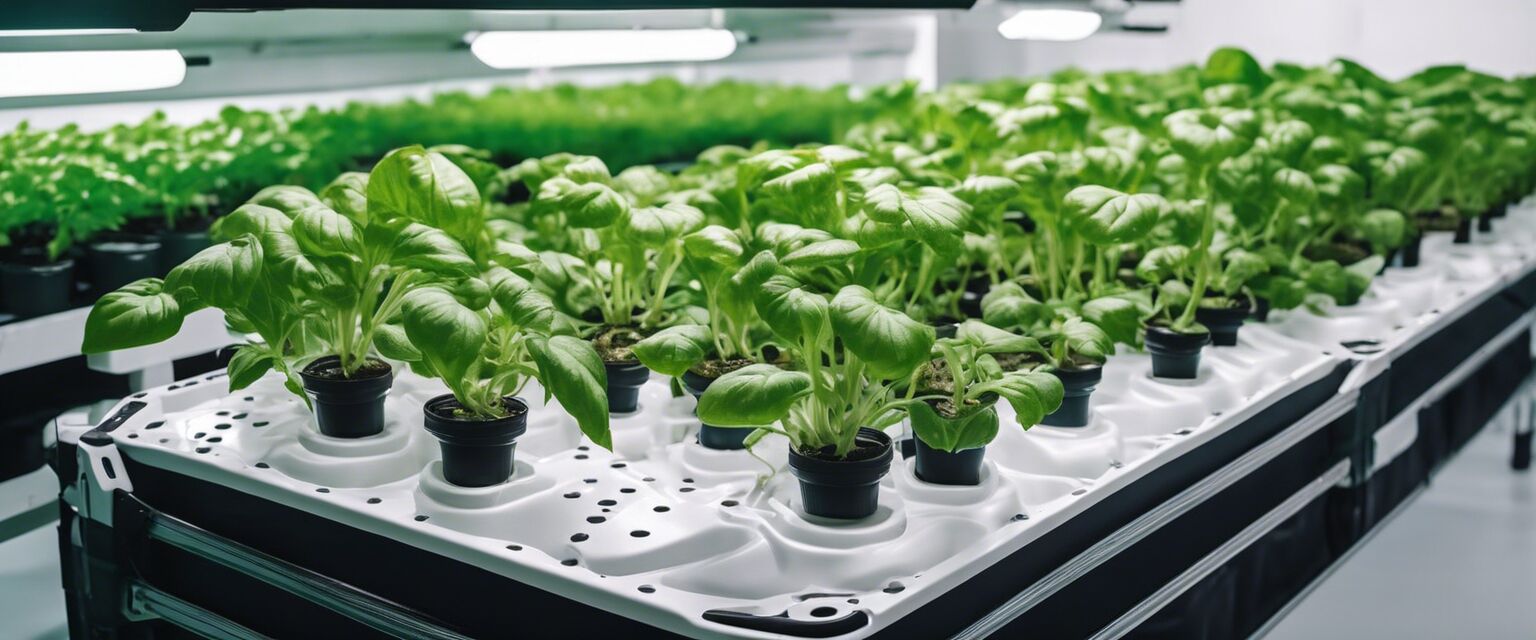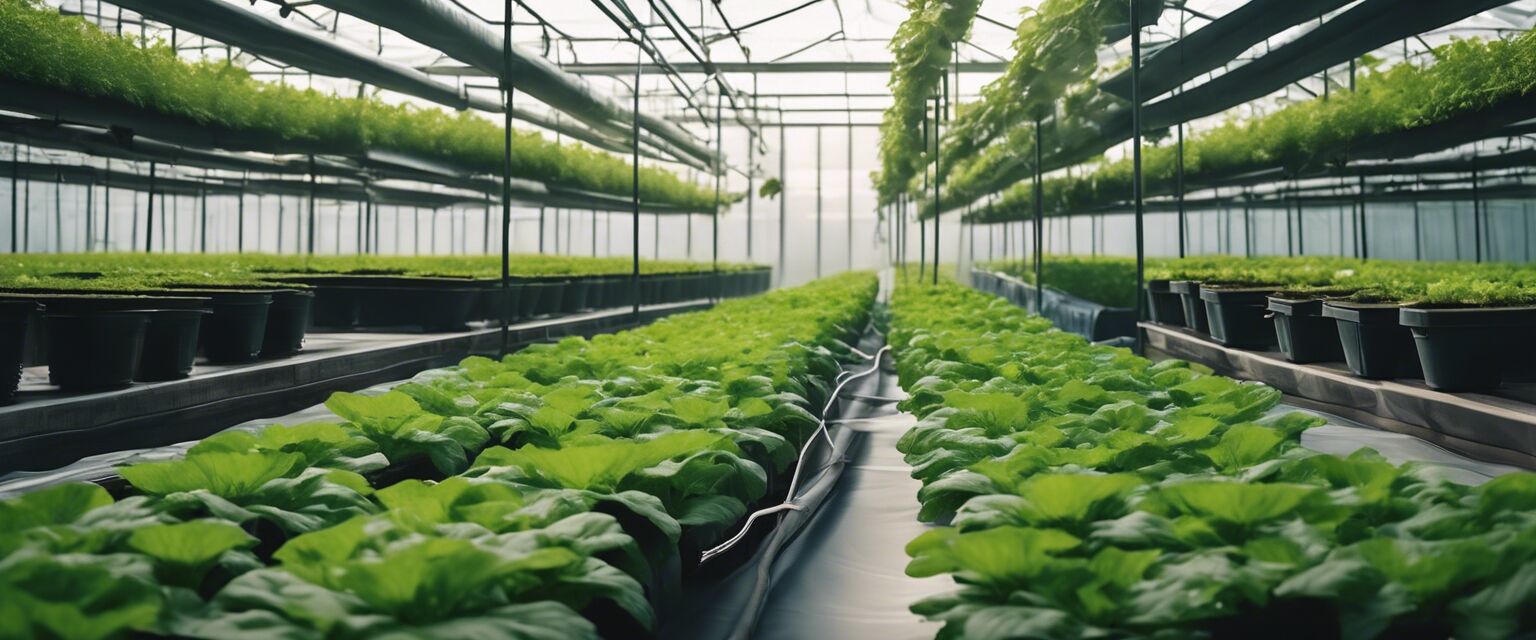
Introduction to Hydroponics
- Hydroponics is a method of growing plants without soil.
- Plants are grown in a nutrient-rich water solution.
- This method uses less water than traditional gardening.
- Hydroponic systems can yield crops faster.
- Easy to maintain and suitable for indoor and outdoor setups.
Hydroponics is a revolutionary method for growing food and vegetation without the need for soil. Instead, plants grow in a nutrient solution, allowing for increased growth rates, healthier plants, and more efficient use of resources. In this article, we will explore the different types of hydroponic systems, their benefits, and considerations for anyone interested in starting their own hydroponic garden.
What is Hydroponics?
Hydroponics refers to growing plants in a water-based, nutrient-rich solution. This growing method allows for precise control over nutrient levels, making it possible to achieve optimal growth conditions.
History of Hydroponics
The concept of hydroponics dates back to the ancient civilizations, where it was used by the Aztecs and ancient Egyptians. However, modern hydroponics has been developed significantly since the 1930s.
How Does Hydroponics Work?
Hydroponic systems work by supplying plants with a balanced nutrient solution directly to their roots. Hereâs a simplified overview of the process:
| Step | Description |
|---|---|
| 1 | Prepare the nutrient solution tailored for the specific type of plants. |
| 2 | Place seedlings in a growing medium that supports their roots. |
| 3 | Circulate the nutrient solution through the system to deliver essential nutrients. |
| 4 | Monitor and adjust the pH and nutrient levels regularly. |
Types of Hydroponic Systems
There are several hydroponic systems to choose from, each with unique advantages. Below is a brief overview:
| System Type | Description | Pros | Cons |
|---|---|---|---|
| Nutrient Film Technique (NFT) | Involves a thin film of nutrient solution flowing over plant roots. | Low water use, provides constant nutrient supply. | Requires careful monitoring; risk of pump failures. |
| Deep Water Culture (DWC) | Roots are submerged in a nutrient solution with air stones for oxygen. | Simple setup, fast plant growth. | Can lead to root rot if oxygen levels drop. |
| Ebb and Flow (Flood and Drain) | System periodically floods the plant roots with nutrient solution. | Preventative for diseases, versatile. | Complex setup, needs careful timing. |
| Drip System | Nutrient solution dripped directly onto plant roots. | Efficient use of nutrients, easily scalable. | Potential for clogging issues. |
Benefits of Hydroponics
Hydroponic systems offer numerous advantages over traditional growing methods, including:
- Water Efficiency: Hydroponics uses up to 90% less water than conventional agriculture.
- Space Saving: Ideal for urban settings and small spaces.
- Faster Plant Growth: Plants can grow up to 30% faster because of optimal nutrient delivery.
- Pest Control: Fewer pests and diseases typically associated with soil.
Key Considerations for Hydroponics
While hydroponics has many benefits, there are also considerations to take into account:
- Initial setup costs can be higher than traditional gardening.
- Requires knowledge of plants' nutrient needs and monitoring of systems.
- Equipment, such as pumps and lights, may require maintenance.
- Electricity dependence for water circulation and lighting systems.
Pros
- Efficient use of water and nutrients.
- Healthy and fast-growing plants.
- Year-round crop production regardless of weather.
- Better control over growing conditions.
Cons
- Higher initial costs compared to soil gardening.
- Requires regular monitoring and adjustments.
- Potential for technical issues such as pump failure.
- Limited options for certain types of plants.
Getting Started with Hydroponics
If you're interested in growing plants hydroponically, here are some tips to get started:
Tips for Beginners
- Start with simple plants, like leafy greens or herbs.
- Invest in quality hydroponic systems and equipment.
- Keep a record of your nutrient solutions and plant performance.
- Educate yourself through hydroponics courses or online communities.
Conclusion
Hydroponics is a modern method of growing plants that offers numerous benefits such as efficient use of resources and faster growth rates. By understanding the various systems available and their advantages and downsides, you can decide if hydroponics is right for you. For further information on hydroponic systems, you can explore the following pages:
Additional Resources
For visual aids, having images can enhance understanding. Consider a few visuals:
